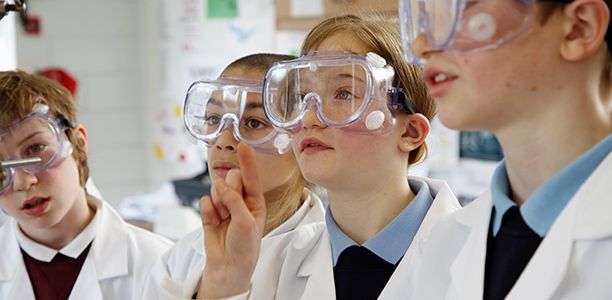Thousands of budding scientists in high school classrooms across Australia could help solve real world problems, while also motivate them to embrace science.
Professor David McKinnon, Director of the Edith Cowan Institute for Education Research, has researcher science education for more than 20 years.
“Children are natural scientists with a real thirst for discovery. If you give them the opportunity to do real science that contributes to our body of knowledge about the world they will embrace it,” Professor McKinnon said.
“What students don’t like doing is ‘recipe science’ where they are simply doing what has been done a many times before.”
A key example of Professor McKinnon’s approach to inspiring young scientific minds is the Our Solar Siblings project in which high school students analyse data collected from astronomical telescopes.
“High school students in Canada and Australia analysed data that allowed us to accurately describe the number of stars, the age, the distance and size of the star cluster NGC 2215,” he said.
“While this cluster was first discovered in 1959, its properties had never been accurately described. New technology is enabling us to gather vast amounts of astronomical data that needs to be analysed to be of any use.”
“By getting high school students involved in analysing the data we can inspire their interest in science while also expanding our knowledge of the cosmos.”
Professor McKinnon said universities had a key role to play in helping to deliver real science into high school classrooms.
“There are tremendous opportunities for universities and high schools to work together to get students excited in science and make some interesting discoveries along the way,” he said.
(Source: Edith Cowan University)










